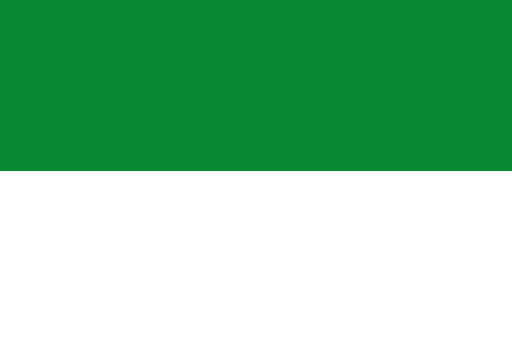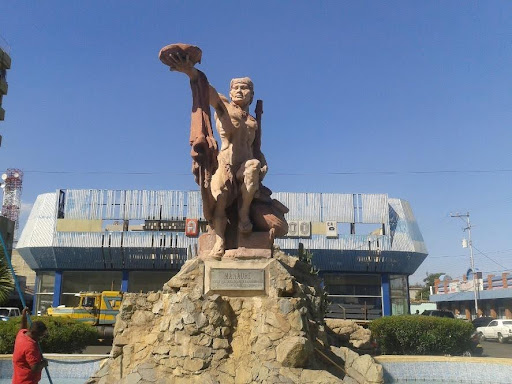MANAURE
Department
La Guajira, Department, Colombia

Flag of the city
The flag presents the colors white and blue, blue represents the city Beautiful Sky and sea and white represents the city precious salt.


Slogan of the city
The official slogan of Magangué is “Unity and Progress.” This concise and impactful slogan reflects the city’s aspirations and values. “Unity” emphasizes the importance of collaboration and togetherness among the community members, fostering a sense of solidarity and shared purpose. On the other hand, “Progress” underscores the city’s commitment to growth, development, and improvement in various aspects, such as the economy, infrastructure, and overall well-being of its residents. Slogans often serve as guiding principles, encapsulating the collective vision for the future, and “Unity and Progress” suggests a forward-looking and collaborative approach in the journey of Magangué.
History

The history of Manaure is intertwined with the exploitation of salt mines in the region, and its chronicles date back to encounters with indigenous communities. Spanish explorers first documented the presence of Coanaos, indigenous people who traversed the area between Cabo de la Vela and Valledupar, engaging in the exchange of salt for gold. During the 19th century, salt exploitation was initiated at Honda Bay and Quebrada Bay, forming lagoons that are now part of the municipality of Manaure. In 1777, the Spanish government took control of the administration of the Salinas, designating them as national patrimony in 1824 with regulatory price controls. In 1932, the Bank of the Republic assumed authority over salt mines in Zipaquirá, Nemocón, and Sesquilé. The industrial exploitation of salt in Manaure commenced in the 1920s with concessions granted to individual investors. By the 1940s, the collection mode transitioned from artisan to industrial when the Bank of the Republic assumed control of the Manaure salt mines. In 1948, salt production in Manaure reached 20,000 to 30,000 tons annually. In 1970, the concession was transferred to IFI-Concesión Salinas, leading to intensified production of one million tons per year. The Wayuu, indigenous people, began asserting their ancestral claim to Manaure and its historical ownership. In 1991, the government acknowledged the Wayuu claim, agreeing to reorganize production conditions with a mixed economy, granting the indigenous 25% ownership. Legal complications, however, impeded the fulfillment of these agreements, leading to a lawsuit by the Wayuu in 1994. In response to the court ruling, Sociedad Salinas de Manaure (SAMA) was established in 2002 by Law 773. The distribution of earnings was structured with 51% allocated to the Ministry of Development, 25% to the indigenous Association “Sumain Ichi,” and 25% to the municipality of Manaure. This legal framework aimed to address historical claims and create a more equitable distribution of benefits from salt exploitation.
Geography of the city
Manaure is situated in the northernmost part of South America, on the arid plains of the Guajira Peninsula within the Colombian Caribbean region. It shares borders with the Caribbean Sea to the north, the municipality of Uribia to the east, Maicao to the south, and Riohacha to the west. The geography of Manaure is characterized by the Guajira-Barranquilla xeric scrub, an arid ecosystem influenced by seasonal precipitation. The municipality’s landscape features water streams, influenced by rainfall during the rainy seasons. The central hub, Manaure, is traversed by the Limón Creek, which eventually empties into the Caribbean Sea. The coastal areas are marked by a high concentration of salt, rocks, and clay, creating a distinctive terrain over predominantly flat plains. Some areas exhibit slight undulations in the topography, contributing to the unique geographical features of Manaure.

Population
Total – 120,417 (2019)
One photo representative of the city

Etymology
“Salinas de Manaure” refers to salt flats or salt pans in the geographical area or municipality known as Manaure, suggesting a connection to the extraction or production of salt in that region.
What the city is known or famous for

